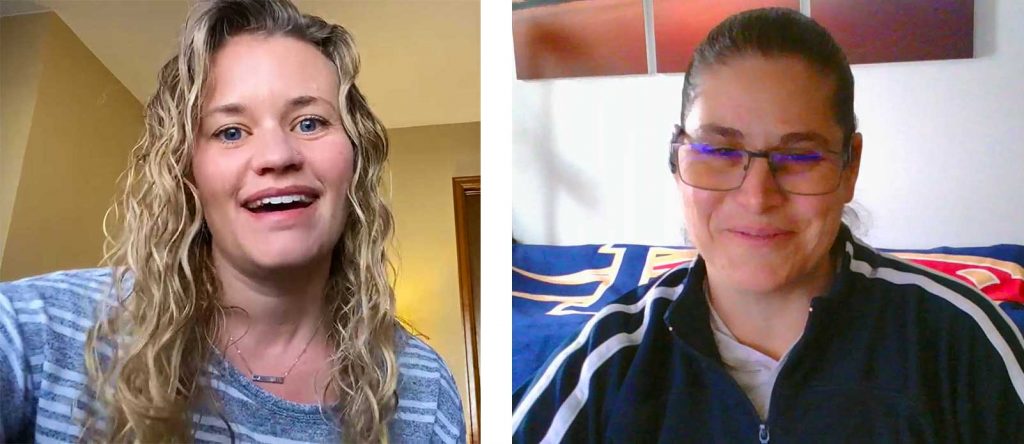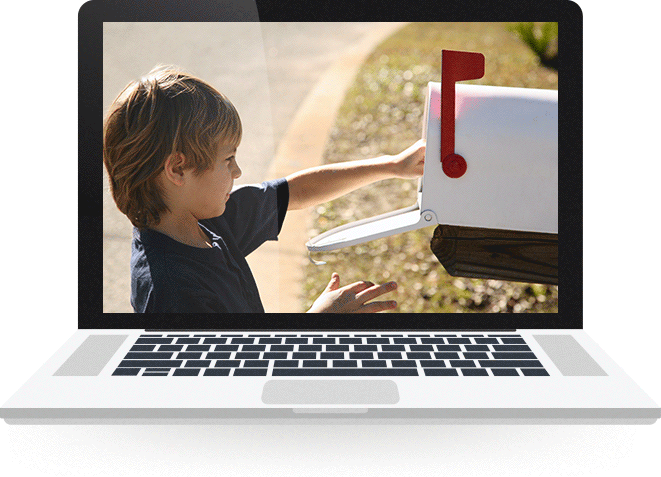
Prairie View Middle School Counselor Melissa Nelson was nervous about preparing her seventh- and eighth-grade students for the 2020 Adams County Commissioners’ Virtual Career Expo held in November. The event provides middle school youth with the opportunity to explore careers by connecting with business and higher education representatives.
But, it takes a lot of preparation to get students ready. Students must speak with three or more business professionals and at least one higher education representative during the expo. Teachers need to help students gain interviewing skills, learn how to make positive first impressions, and be ready to explore careers of interest.
“I’ve had the opportunity to work with JA for the past few years, and I was excited to hear that Junior Achievement was still operating. Their Google lessons were amazing. Kids were able to record their thoughts and document their learning,” Nelson says.
She said teachers implemented the lessons seamlessly. One that stood out was on high growth careers instead of those students frequently desire—professional athlete, actor, or YouTuber.
“For the last 10 years, I’ve tried to figure out how to help students understand that those are amazing goals, but they’re also challenging to attain. Junior Achievement did that by comparing high growth versus low growth jobs and the competitive nature of the job market,” Nelson says.
Their hard work paid off. Expo businesses recognized about 51% of Prairie View students as top students, 20% higher than in a typical year.
Rachel Caliga, a business marketing teacher at Dakota Ridge High School, has worked with JA for six years. This school year, she needed to find new ways to teach and interact with students virtually. With field trips and in-person volunteering canceled, she wondered how she could partner with JA.
“To my great surprise, JA worked over the summer to create the same rigorous, fun curriculum that I’ve come to expect,” Caliga says.
Her students studied JA’s finance curriculum and engaged in game-based virtual simulations that put their learning into action.
“The students felt like they were able to show what they’ve learned over the semester. And, a lot of students became interested in investing in the stock market. Some kids would get that itch at the in-person Stock Market Challenge, and some would check out. The virtual experience opened up doors,” says Caliga.
As a teacher responsible for five classes, she appreciates having the JA curriculum laid out as a guide for running her classes.
“I feel like the entire curriculum allowed me to take a deep breath. It provided a huge relief.” Caliga says.
JA reworked its programming to leverage this new virtual environment, updating its classroom programs and launching semester and year-long digital courses.

